Lebanon Cedar Tree
- October 2, 2023
- 0 comment

The Lebanon Cedar Tree (Cedrus libani) is a majestic evergreen conifer that holds cultural and historical significance. Native to the mountainous regions of the Mediterranean, particularly in Lebanon, western Syria, and southern Turkey, this tree has been revered for centuries. Known for its impressive size and distinctive appearance, the Cedar of Lebanon features a straight trunk, horizontal branches, and dense, needle-like leaves. Its resin-scented wood has been highly prized throughout history, playing a crucial role in the construction of ancient structures, including the renowned Temple of Solomon in Jerusalem.
Beyond its practical uses, the Cedar of Lebanon holds symbolic importance, often representing strength, longevity, and resilience. Unfortunately, due to centuries of exploitation for its valuable timber, the population of these iconic trees has dwindled, leading to conservation efforts to protect and preserve this species. Today, the Lebanon Cedar stands not only as a botanical wonder but also as a living testament to the intricate interplay between nature and human history.
One of the most striking features of the Cedar of Lebanon is its majestic appearance. It typically grows to impressive heights, with a tall, straight trunk that can reach over 100 feet (30 meters) in height. Its branches spread horizontally and form a wide, symmetrical crown. The tree’s needles are needle-like and arranged in dense clusters, giving the tree a lush and vibrant appearance.

| Characteristics | Description |
| Scientific Name | Cedrus libani |
| Climate Tolerance | Thrives in a Mediterranean climate with hot, dry summers and mild, wet winters |
| Height | Up to 40 meters (130 feet) |
| Trunk Diameter | Up to 2.5 meters (8 feet) |
| Foliage | Evergreen needles |
| Needle Length | 2.5 to 5 cm (1 to 2 inches) |
| Habitat | Mountainous regions of the Eastern Mediterranean |
| Lifespan | Up to several hundred years |
| Symbolism | National emblem of Lebanon |
| Growth Rate | Slow |
| Soil Preferences | Well-drained, acidic to neutral soils |
A Brief History

Cedar trees, with their enduring presence throughout history, have left an indelible mark on humanity’s collective consciousness. From the sacred groves of ancient civilizations to the aromatic chests in our homes, these trees have woven themselves into the fabric of human culture.
Color/Appearance
Cedar trees are known for their distinct appearance. Their bark ranges from reddish-brown to gray, providing a sturdy, protective outer layer. The needles, which can be green, blue-green, or silver-blue depending on the species, add a touch of elegance to their stately presence.
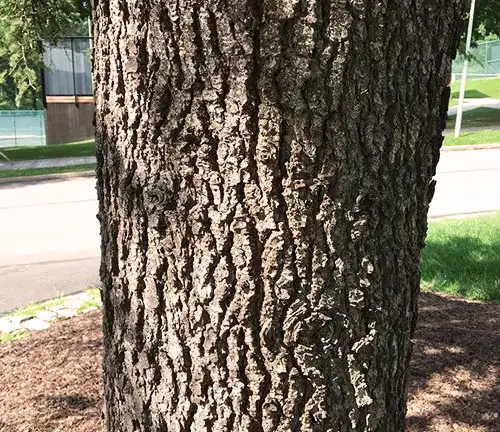
Botanical Features
Cedar trees belong to the genus Cedrus, and several species can be found around the world. They are typically characterized by their evergreen needles, which are arranged in clusters. Cones produced by cedar trees vary in shape, from cylindrical to spherical, and they house the seeds necessary for the tree’s reproduction.
Cultivation and Care

Cultivating cedar trees requires an understanding of their unique requirements. These trees thrive in well-drained soils and prefer full sun or light shade. Adequate spacing and periodic pruning are essential for their health and longevity. As they are slow-growers, patience is key when nurturing cedar trees.
Ecological Importance
Cedar trees hold a vital place in ecosystems. Their dense foliage provides shelter and nesting sites for various bird species, while their seeds are a source of food for small mammals. In some regions, cedar forests help protect against soil erosion and maintain water quality.

Wood Products and Applications
The wood of cedar trees is prized for its numerous qualities. Its natural aroma, resistance to decay, and straight grain make it ideal for various applications. Cedar wood is commonly used in construction, woodworking, and the production of outdoor furniture. Cedar shingles and cedar chests, known for their aromatic properties, are popular examples of its versatile use.


Culinary Applications

Beyond their utility in construction and woodworking, cedar trees offer surprising culinary applications. Cedar planks are often used for grilling and smoking food, imparting a delightful smoky flavor to dishes. Cedar leaves and wood chips are also used for infusions and flavoring in traditional cuisines.

Benefits
Cedar trees offer an array of benefits, both practical and cultural. Their role in construction, as well as their contribution to biodiversity and soil conservation, underscores their ecological significance. Additionally, their rich history in religious and cultural contexts continues to shape our appreciation for these majestic trees.
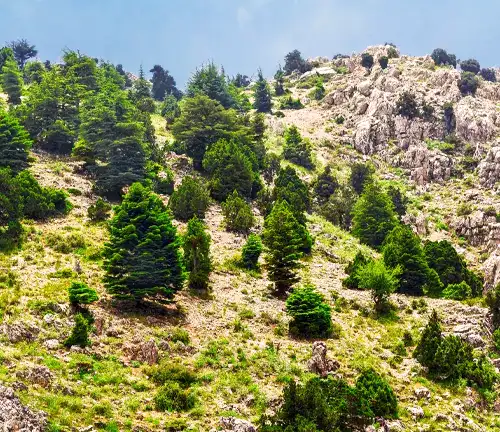
In conclusion, cedar trees are not merely fixtures of the natural world; they are living testaments to the profound connections between nature and humanity. Whether standing tall in a forest or providing the wood for a cherished piece of furniture, cedar trees remind us of the enduring beauty and utility of the natural world.
Frequently Asked Questions (FAQs)
- Is the Lebanon Cedar mentioned in any ancient texts or myths?
Yes, the Lebanon Cedar holds significant cultural and historical importance. It is mentioned in various ancient texts, including the Bible, where it is cited as a valuable resource for construction, and in ancient Mesopotamian texts, associating it with strength and longevity. - What conservation efforts are in place to protect the Lebanon Cedar?
Conservation initiatives are crucial for the preservation of the Lebanon Cedar. In Lebanon, there are ongoing efforts to safeguard the remaining cedar populations, including the establishment of protected areas and sustainable harvesting practices. Additionally, international collaborations and awareness campaigns contribute to its conservation. - How is the Lebanon Cedar used in culinary applications?
The Lebanon Cedar has unexpected culinary uses. The wood and leaves are utilized in Mediterranean cuisine, particularly for smoking and grilling. Cedar planks are often employed in cooking to impart a distinctive flavor to various dishes, showcasing the tree‘s versatility beyond traditional uses. - Why is the Lebanon Cedar a national emblem of Lebanon?
The Lebanon Cedar holds deep symbolic value for the people of Lebanon, representing strength, resilience, and the enduring spirit of the nation. Its inclusion in the national flag and other emblems signifies its importance in the cultural identity of Lebanon. - Are there any specific challenges or threats faced by the Lebanon Cedar?
Yes, the Lebanon Cedar faces several challenges. Logging for its valuable timber, habitat loss due to urbanization, and susceptibility to diseases like cedar canker are significant threats. Climate change can also impact its natural habitat. Conservation efforts are critical to addressing these challenges and ensuring the tree’s survival.


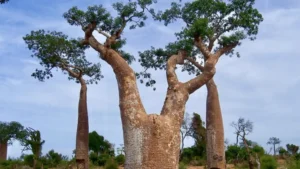

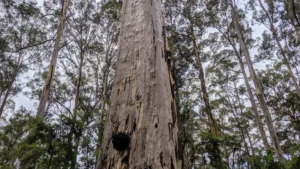
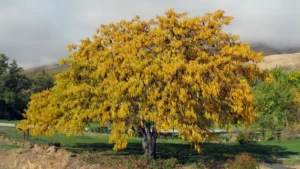
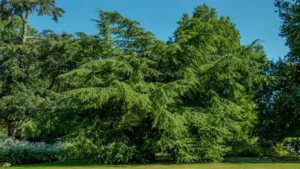
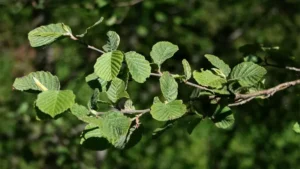


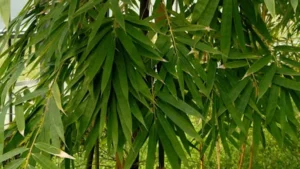
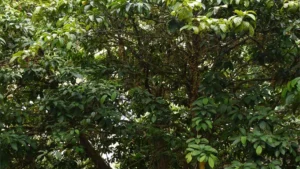
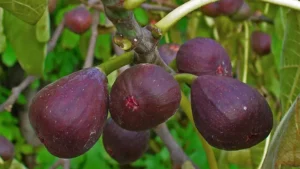
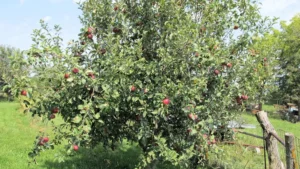
Leave your comment